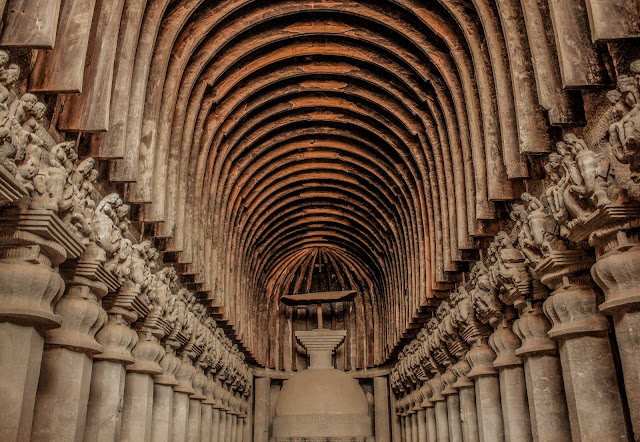Pilak in South Tripura is an archeological site of immense significance to Buddhism which flourished here from the 8th to the 12th century AD. The excavations at the site have unearthed a fair amount of ancient Buddhist sculptures and artefacts including a stupa, statues of Buddha in meditation and Avalokiteśvara.
Located close to the Bangladesh border, Pilak is an extension of Buddhist sites of Bangladesh and Burma and formed part of the Samatat kingdom in ancient Bengal. The area has been referred to the Chinese pilgrim Hiuen Tsang who visited this area during 637-39 AD.
Today Pilak attracts thousands of Buddhists from across the world and is fast emerging an important Buddhist pilgrimage site in India.
You can also find a colossal image of Hindu god Surya in a standing posture holding lotus in Pilak.
How to Reach Pilak
Air: The nearest airport to Pilak is at Tripura's capital Agartala which is 100 km away. The Agartala airport is connected by air with major cities in India.
Rail: The nearest major railhead is Agartala Railway station. Kanchenjunga Express and Tripura Sundari Express connect Agartala with Kolkata and Delhi respectively by rail.
Road: Good motorable roads connect Pilak with other parts of Tripura including Agartala.






.jpg)

